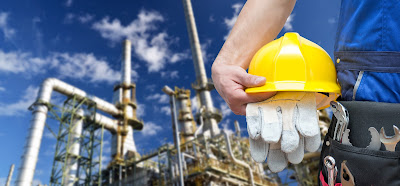In the construction industry, it is necessary to determine what a management plan is, the way it operates in steps, and the advantages of obtaining one when commencing any building project.
Commencing a construction project of any size is usually a challenging prospect for clients not familiar with the complicated needs of the modern, legal, and construction environment.
An important resource for connecting the scope, goals, and workings of any construction project is the Construction Management Plan, or CMP, which may be accomplished by the client’s Advisor following discussion with the client.
What A Construction Management Plan Contains
The following subject matter is usually contained in the Construction Management Plan. Although not complete, the scope of items for inclusion depends on the type, situation, and difficulty of the project.The Project Summary will set the situation for the dependence on the project and outline principal goals. Linked to the above, the Original Plan will set a primary schedule for the project and determine essential path activities and/or any finish date constraints.
The Original Plan will probably refer to the recommended Schedule of Works, that may generally outline work packages and likely identify specific construction strategies required, which may have been identified from site situations and/or difficulties.
Roles & Responsibilities will set up a project listing of workers both on the client-side and specialist advisors. This may at some point contain the main and sub-contractor details. Roles & Responsibilities are carefully associated with Communication & Coordination, and both things will set up methods for determining tasks particular to important workers.
Site Description offers the built environment circumstantial information for the construction site and shows Site Set-Up plus an Access policy for the site. The proximity, number, and difficulty of nearby attributes will state the above things and help with creating protocols for Associate Relations. This can also connect with Traffic Management plans to make sure safe use of and from the size limit to the public highway.
The area on Health & Safety may primarily be populated with the summarize of legal requirements, therefore, increased with active construction site details. Particular methods for Environmental Management: Noise & Vibration, Air Quality & Dust Management will link from health and wellness and safety statements.
Emergency Planning & Reaction Methods will reflect the complexness of the site and suggested works and may involve discussion with emergency services. The Fire Prevention Strategy will set up, via professional advisors, systems, and operations to make sure safe working methods to reduce fire danger on the live construction site.
Site Waste Management will set up processes to make sure that waste construction materials are properly divided and stored just before collection and follow industry practices.
Be sure you Look for the Construction Management Plan Template
The Builder Assist Construction Management Plan is the most up to date building industry Construction Management Plan Template used to adhere to the ISO 9001 standard for quality management.
The Builder Assist Construction Management Plan Templates are industry-leading templates written and developed by building industry experts.
Site Waste Management will set up processes to make sure that waste construction materials are properly divided and stored just before collection and follow industry practices.
Be sure you Look for the Construction Management Plan Template
The Builder Assist Construction Management Plan is the most up to date building industry Construction Management Plan Template used to adhere to the ISO 9001 standard for quality management.
The Builder Assist Construction Management Plan Templates are industry-leading templates written and developed by building industry experts.















